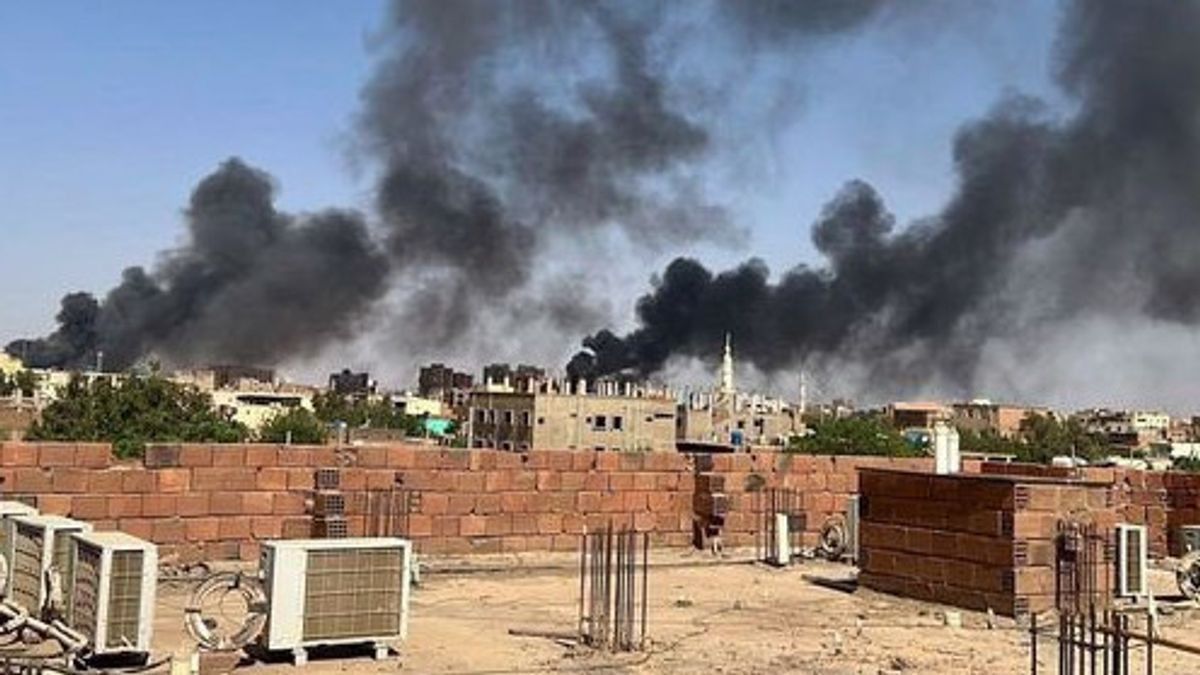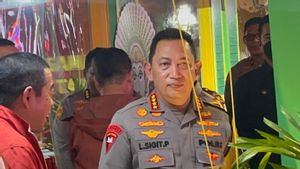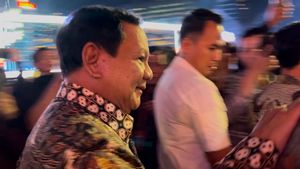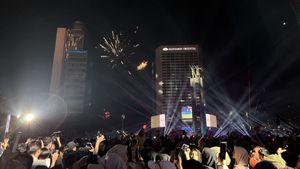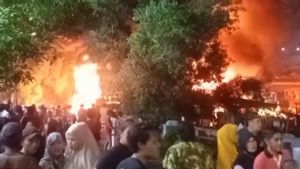YOGYAKARTA The war that occurred in Sudan is still ongoing today. As a result, hundreds of civilians reportedly died and thousands more were forced to flee to safety. From there, questions arise about the cause of the conflict in Sudan.
The cause of the Sudanese conflict can be traced since 2021. Because in tauyn there was a coup against a legitimate government. At that time Sudan was ruled by a general council, which had two high-ranking military leaders, namely General Abdel Fattah al-Burhan who represented the armed forces and his deputy General Mohamed Hamdan Dagalo alias Hemedti who represented the paramilitary.
General Abdel Fattah al-Burhan is the head of the armed forces and president in the country. Meanwhile, General Mohamed Hamdan Dagalo is the vice president and leader of the Rapid Support Forces (RSF). Both share power in Sudan.
Until finally, the two Sudanese officials were involved in the investigation because of the discourse of embezzling RSF troops into the bodies of Sudanese regular soldiers. This integration then sparked a dispute until a civil war that has occurred until now.
In general Sudan is the largest country on the African continent. Sudan gained independence in 1956. Whereas previously, in 1820, Sudan was attacked by the Egyptian king who was under the Ottoman Empire, Muhammad Ali. In the late 19th century, Sudan was ruled under British-Egyptical rule.
The conflict that occurred in Sudan after the country was independent has occurred several times. The conflict occurred between the leaders of North Sudan and Sudan.
The leader of northern Sudan wants the unity of the nation through the expansion of Islamic law and culture throughout the country. But Sudan opposes the discourse until there was a civil war from 1955 to 1972. In the aftermath, the Addis Abba agreement emerged which was agreed upon in 1972. Unfortunately, the agreement was only temporary. Sudan returned to the 1983 conflict. This conflict then sparked a dispute between North Sudan and South Sudan until it became the second Sudanese civil war from 1983 to 2005.
It must also be noted that people in North Sudan are two-thirds of their citizens are Muslim. Meanwhile, in South Sudan, most of the people adhere to Christianity or other indigenous religions. Meanwhile, the northern Sudanese leader is indeed trying to Islamize the sudan legal system. This condition is then considered as one of the triggers for the dispute between relatives in Sudan, coupled with the economic gap in Sudan.
The conflict then ended with discussion and a ceasefire. In 2005 a peace agreement was made to end the war. In the agreement, South Sudan received a semi-autonomous status and established a referendum of independence for the region. This is where South Sudan finally broke away and became an independent country on July 9, 2011.
This means that Sudan has been divided into two independent independent independent countries that stand alone, namely North Sudan which is officially referred to as the Republic of Sudan with Khartoum as its capital city, and South Sudan which is officially named the Republic of South Sudan with thousands of cities in Juba.
In addition to the causes of the conflict in Sudan, visit VOI.ID to get other interesting information.
The English, Chinese, Japanese, Arabic, and French versions are automatically generated by the AI. So there may still be inaccuracies in translating, please always see Indonesian as our main language. (system supported by DigitalSiber.id)
